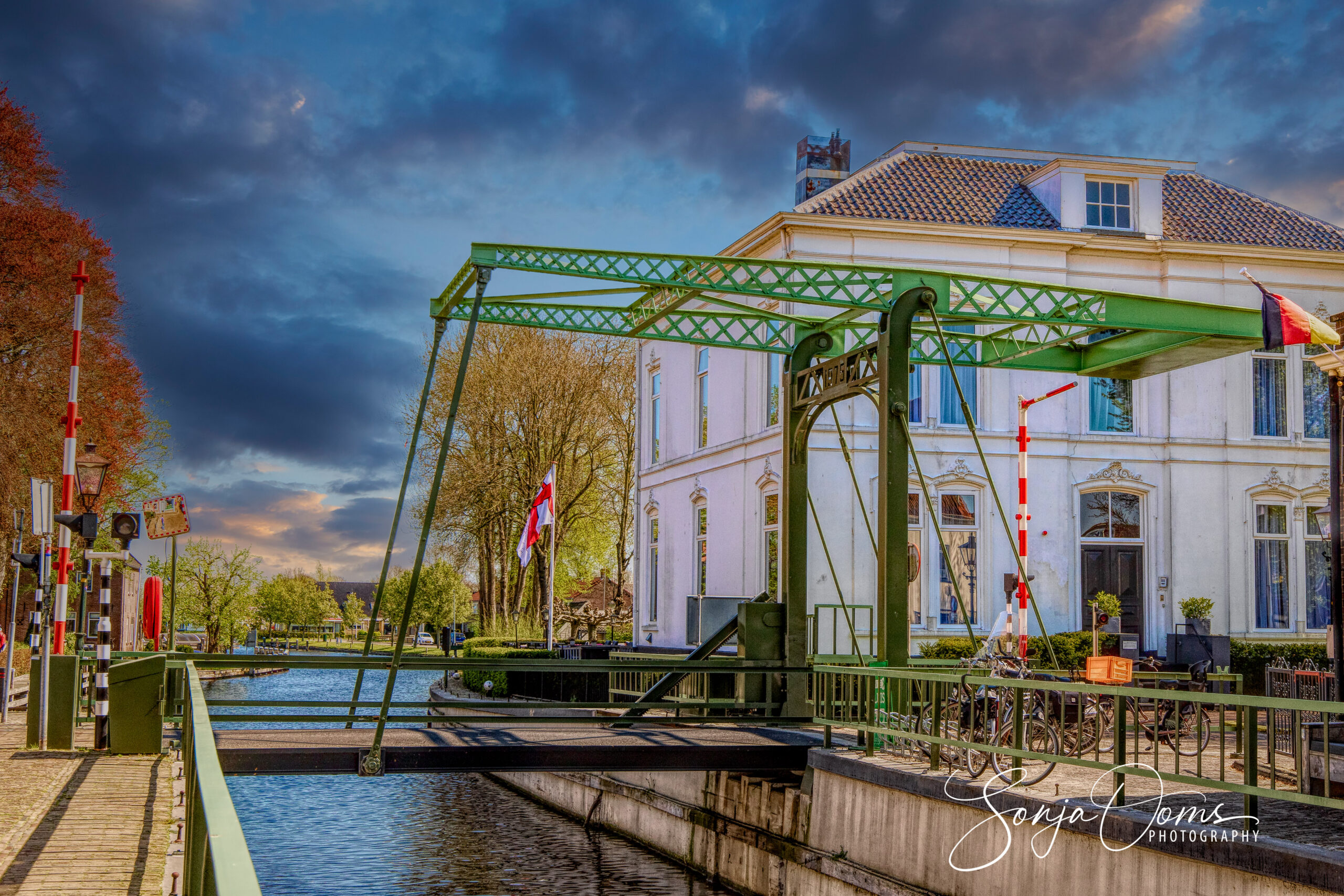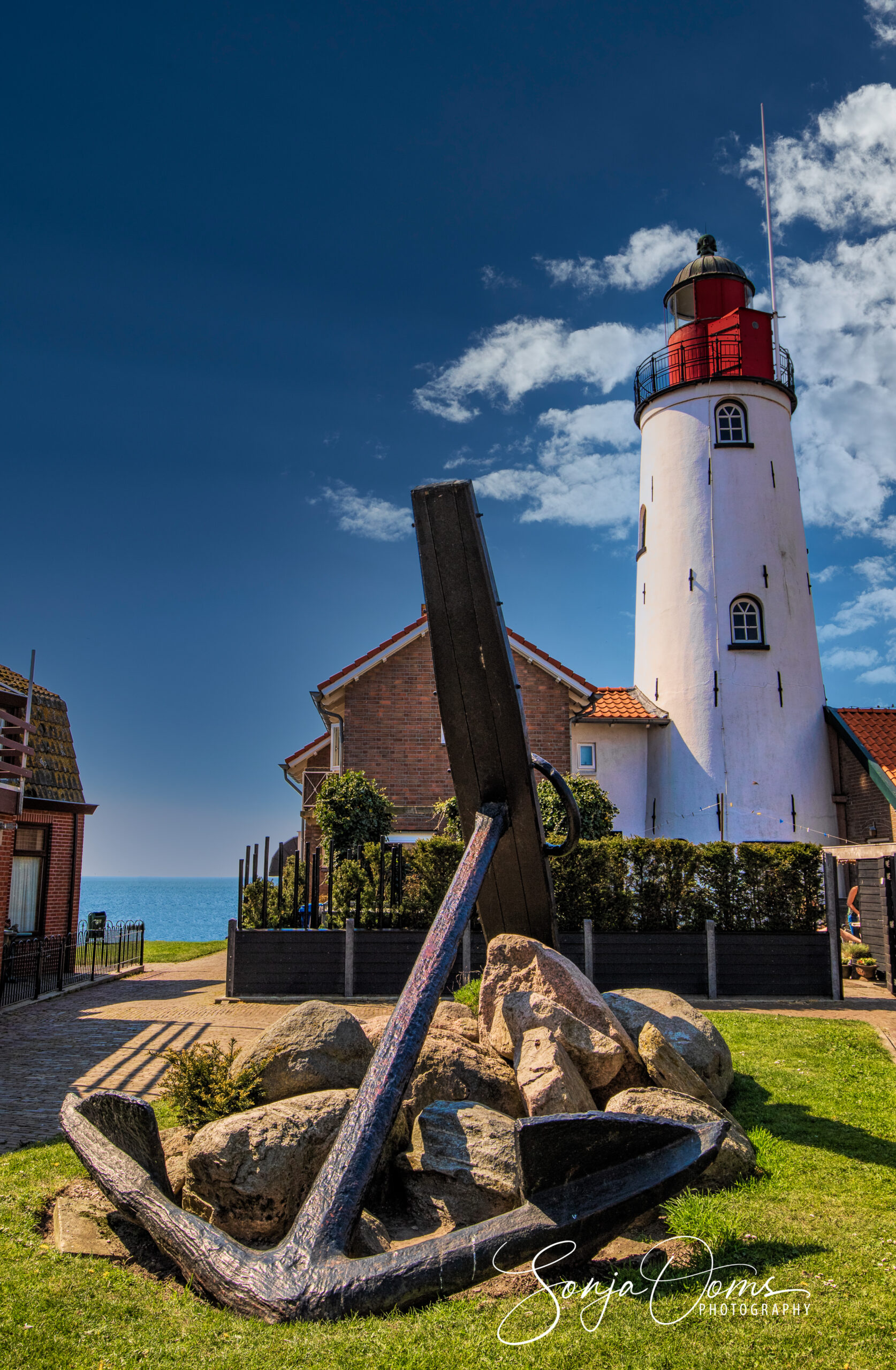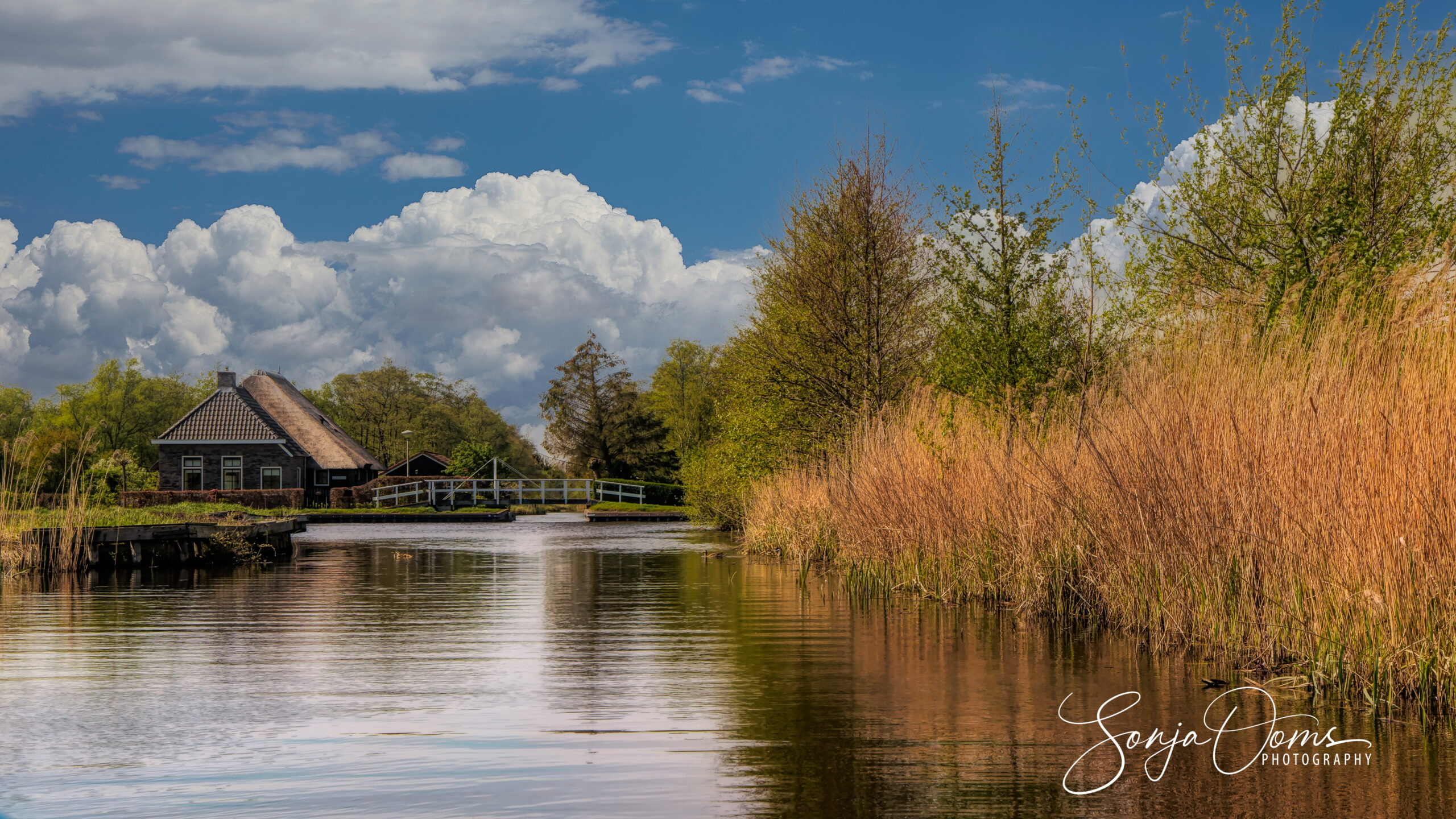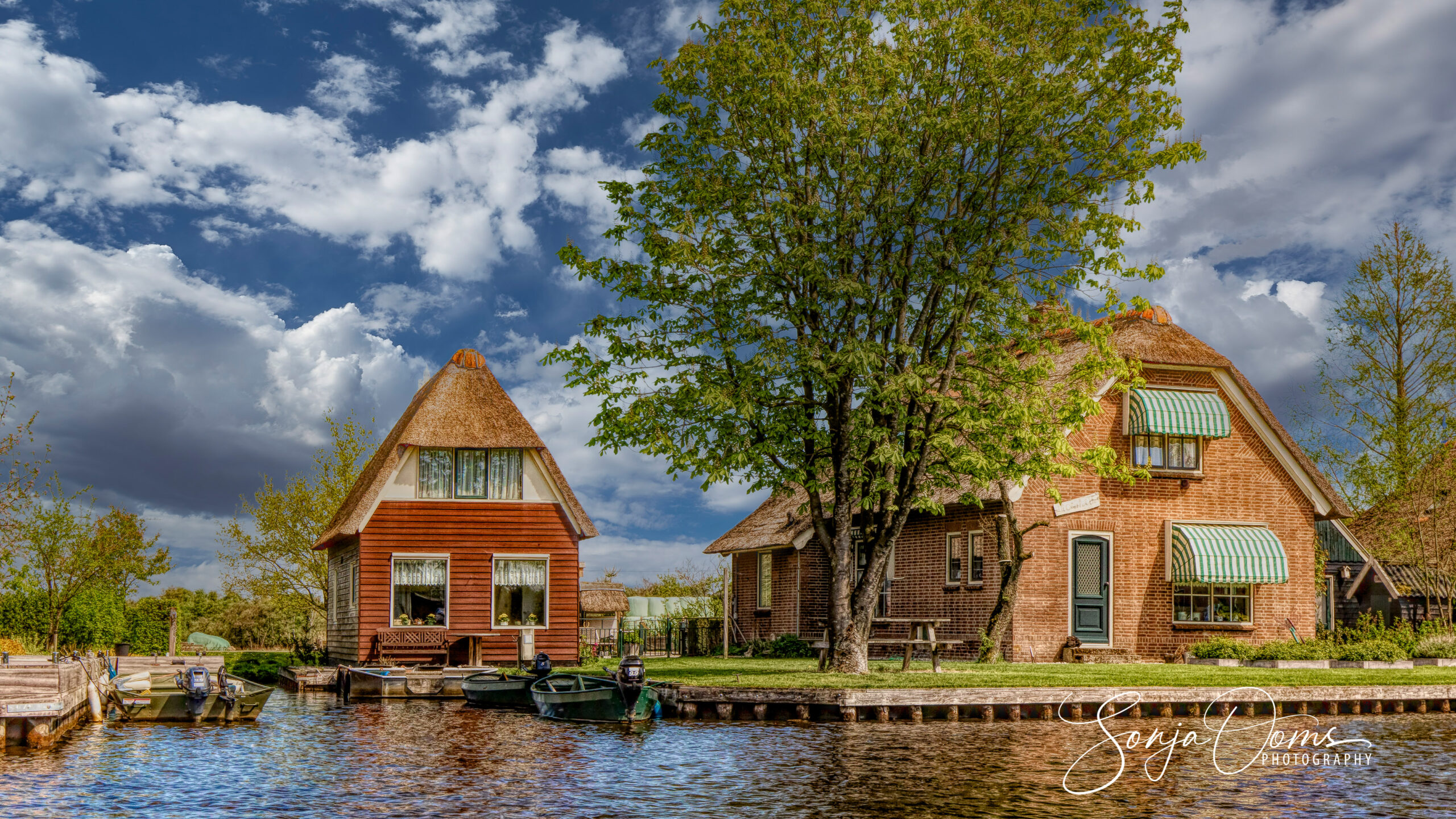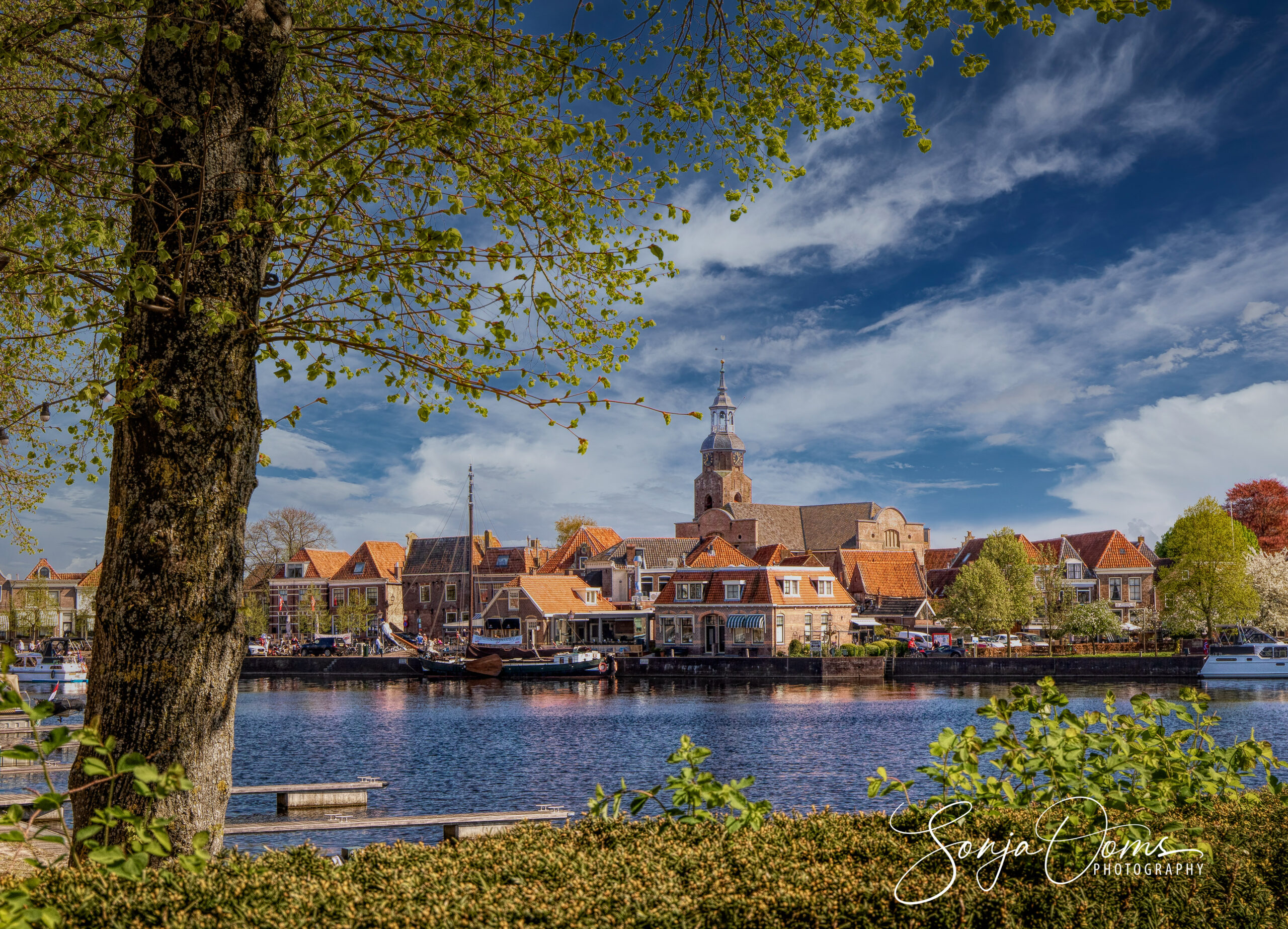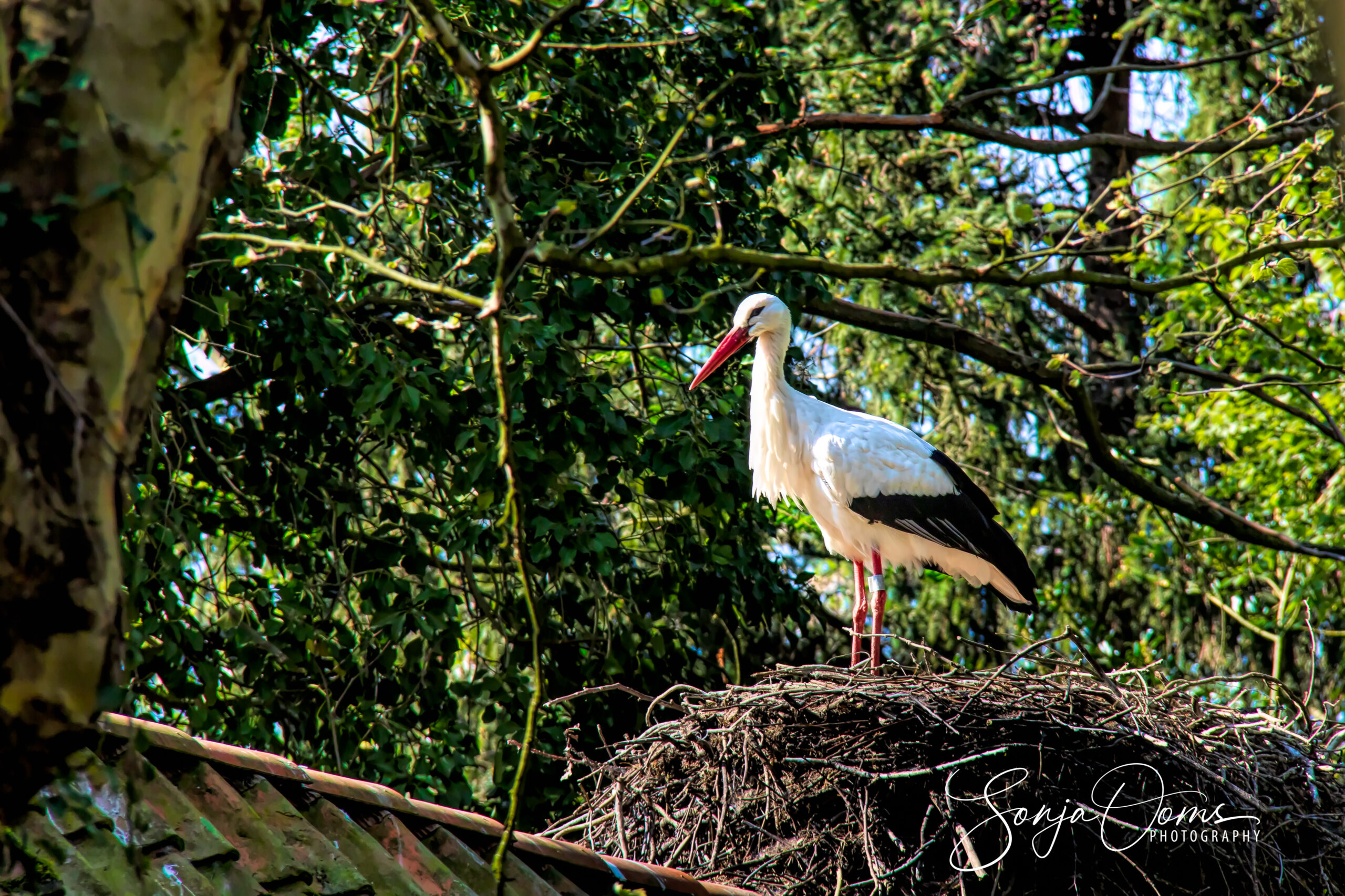In April of 2019 we finally came around to visiting a couple of dear friends from our days in Beirut – Lebanon. So under an unbelievably glorious April sun we drove North to De Bult where Marjolijn and Jan-Willem live. De Bult is situated at the crossroads of several Dutch Provinces. Go a few miles west or east, north or south and you are in a different province. Overijssel, Flevoland, Drenthe, Friesland … all within easy reach.
We were preceded for this visit by a certain Vincent van Gogh who left The Hague in the autumn of 1883 for the Dutch province of Drenthe, where he would remain for three months. Though relatively brief, his time there made a lasting impression on him – as it did on us.
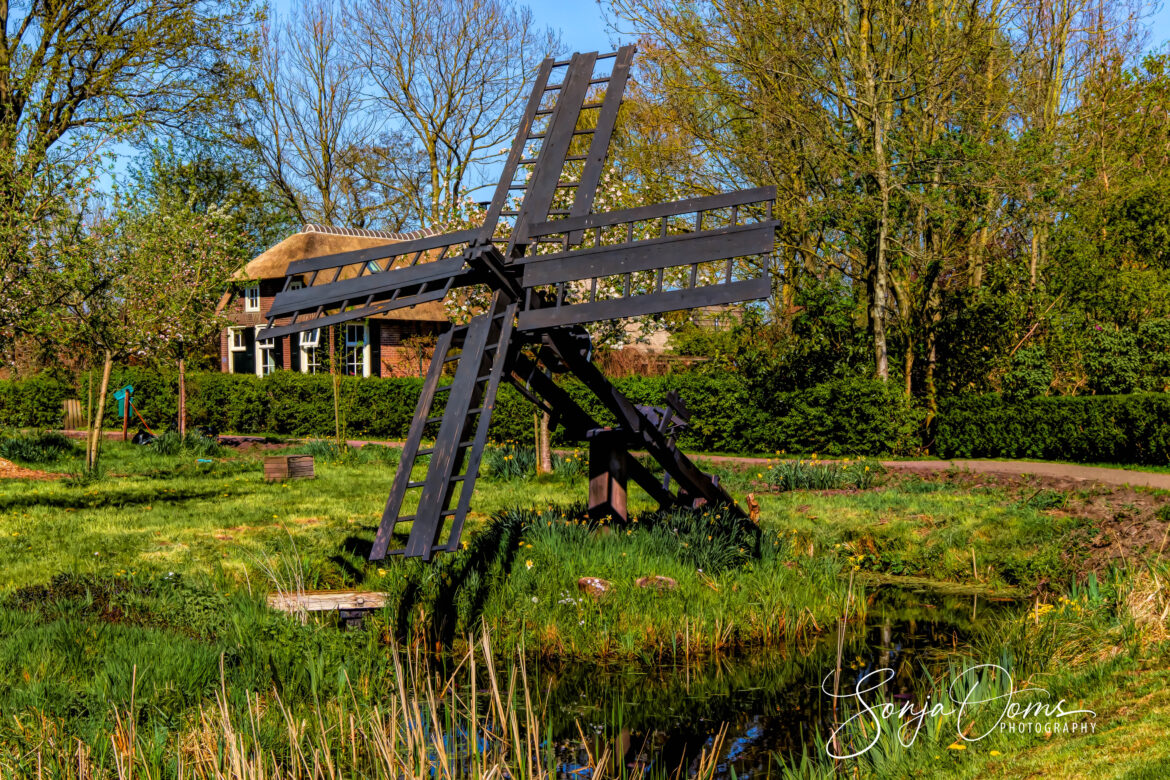
GIETHOORN
Did I mention to take your bikes ? – we did and we enjoyed every second. The region is still virtually undiscovered by cyclists from the rest of the world. This least densely populated area of the Netherlands is criss-crossed by thousands of kilometers of safe and excellent quality cycle-paths separated from the roads, offering peace and tranquility. This whole region seems to be made for biking. You will ride through woods and heath, along dikes, by canals, across bridges, to farms and windmills, cafes and restaurants, museums and monuments, flower fields, hunebedden (megalithic tombs) and stork sanctuaries. But we didn’t just bike around. Our friends took us on a boat trip to discover the National Park Weerribben-Wieden, the largest fen in North-West Europe, consisting of lakes, ponds and canals interspersed with peatlands, reed beds and gorgeous forests. In this unique swampland in the province of Overijssel, the Dutch have worked both with and against the waters for centuries to create this unique landscape and water villages.
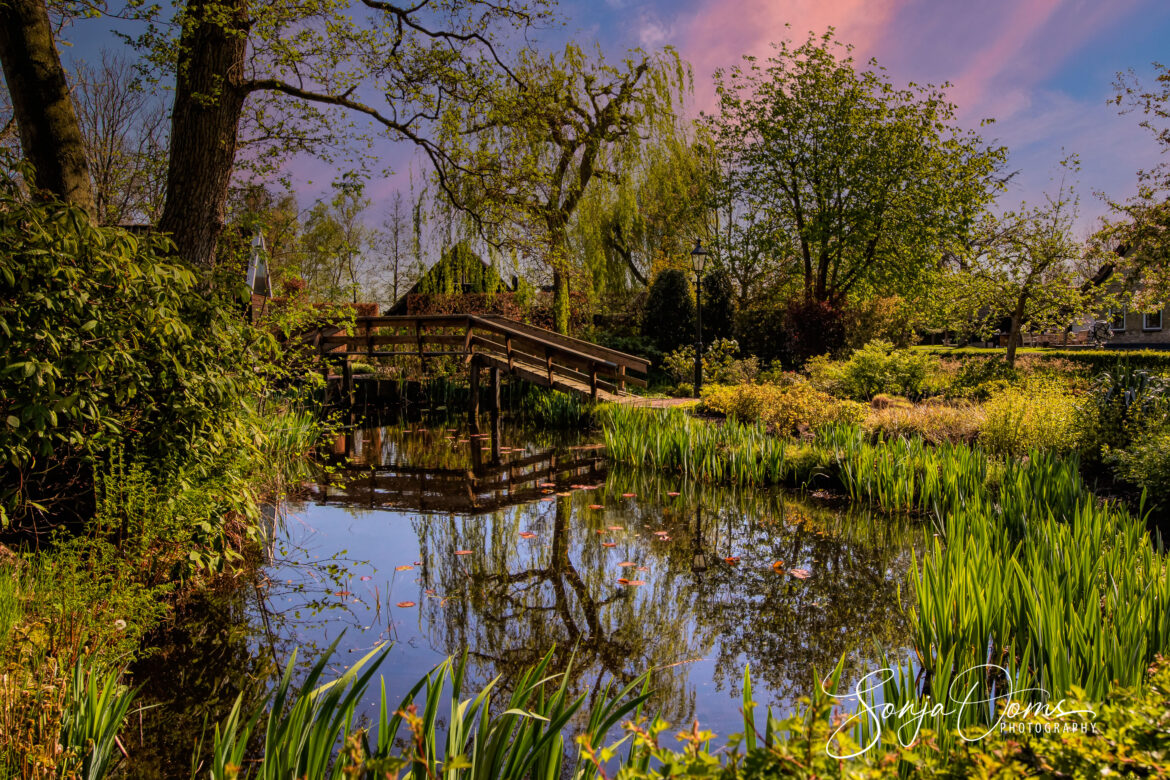
GIETHOORN
The unique reed beds present a different picture in every season, and animal lovers will find much to please them in these wetlands as well. Rare animals like otters and black terns live here, as well as great cormorants and egrets. Weerribben-Wieden is a cultural landscape that was created in the 14th century through peat cutting. This peat was highly valuable as a fuel when dried, and was cut from the areas known as “weren”. The peat was then laid out to dry on long strips of lands, known as “ribben”, thus creating these unique wetlands. And the best way to explore the National Park Weerribben-Wieden is definitely from the water’s surface. Electric boats, rowboats and canoes can be rented in Kalenberg (much quieter than Giethoorn) to quietly navigate through this gorgeous area. Amid the lakes, polders and streams for which Overijssel is known, you will also find the unique village of Giethoorn, dubbed (rather optimistically) the Venice of the North, where all houses stand by the waterside. Bit of a tourist trap but we were smart enough to pay it a quick visit on a Friday afternoon in April so hardly any visitors. Go there during the tourist season and it’s hell.
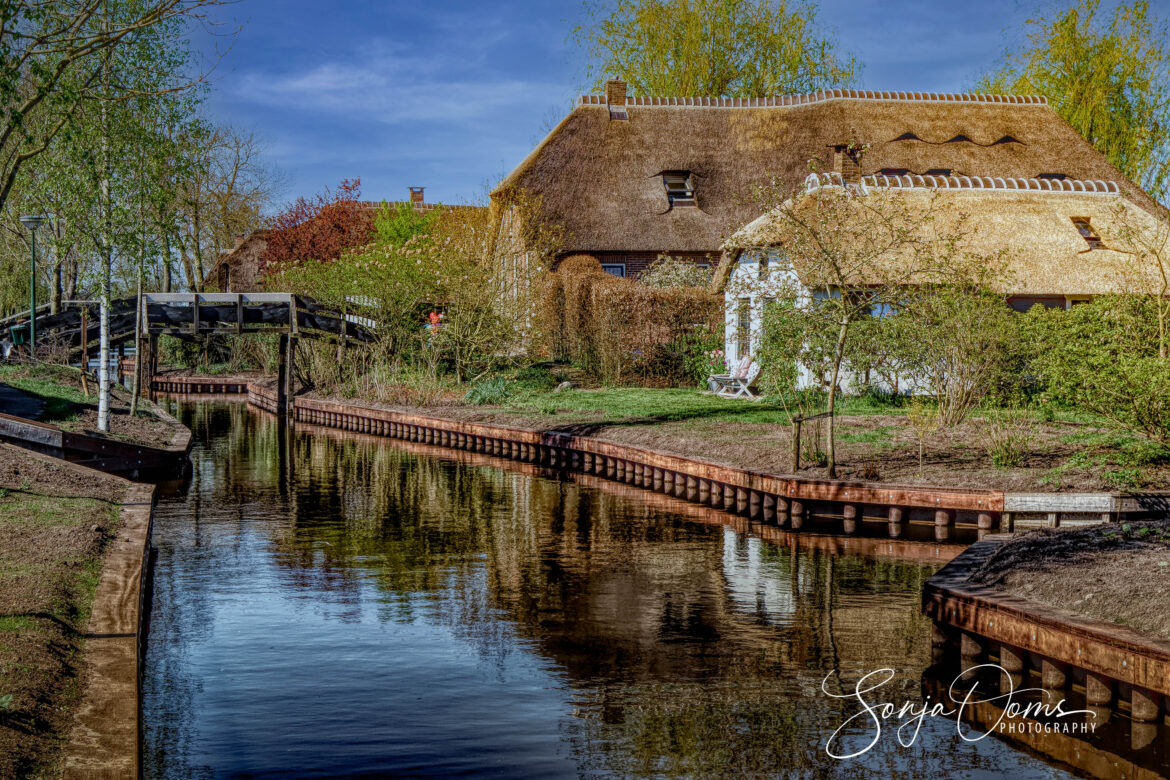
GIETHOORN
Giethoorn was also created by peat cutting. The village itself moved with the work done by its inhabitants to stay close to the peat. The last time the village moved to get closer to the peat was in the 17th century. Later the economic focus of the village changed from peat cutting to farming. And now of course it’s all about tourism.
Driving from De Bult towards the coastal town of Urk in April you will be flabbergasted by another Dutch marvel : the awesome views of the acres and acres of tulip fields in full bloom!
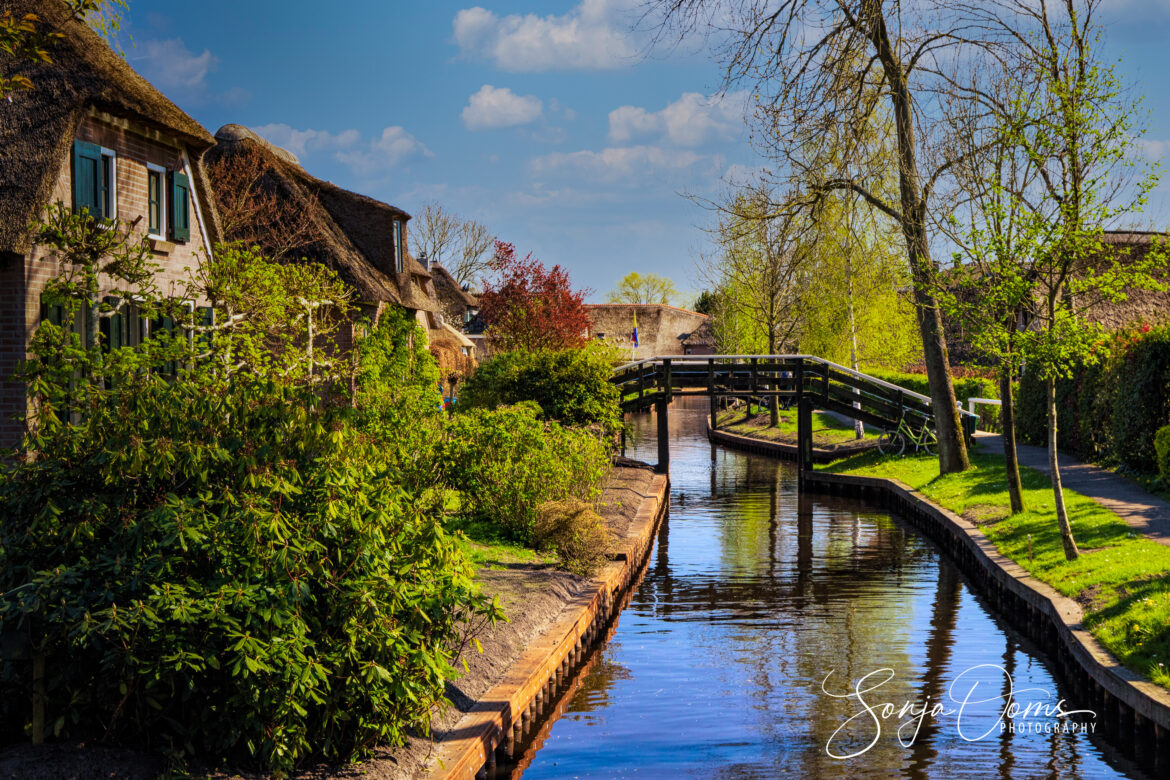
GIETHOORN
Perhaps a little more about Urk and the Province of Flevoland. In the Noordoostpolder (North-East Polder) in Flevoland lie two unique “dry-land islands”, Schokland and Urk. These archaeological locations, which have been inhabited for centuries, show how Holland and water have always been connected. Less than100 years ago the whole Flevoland region was still entirely submerged and on the bottom of the sea. Flevoland is the world’s largest land reclamation project (1,417 km²) and lies on average 5 m below sea level. Schokland, a centuries-old island in the former Zuiderzee, has been dry since the reclamation of the Noordoostpolder.
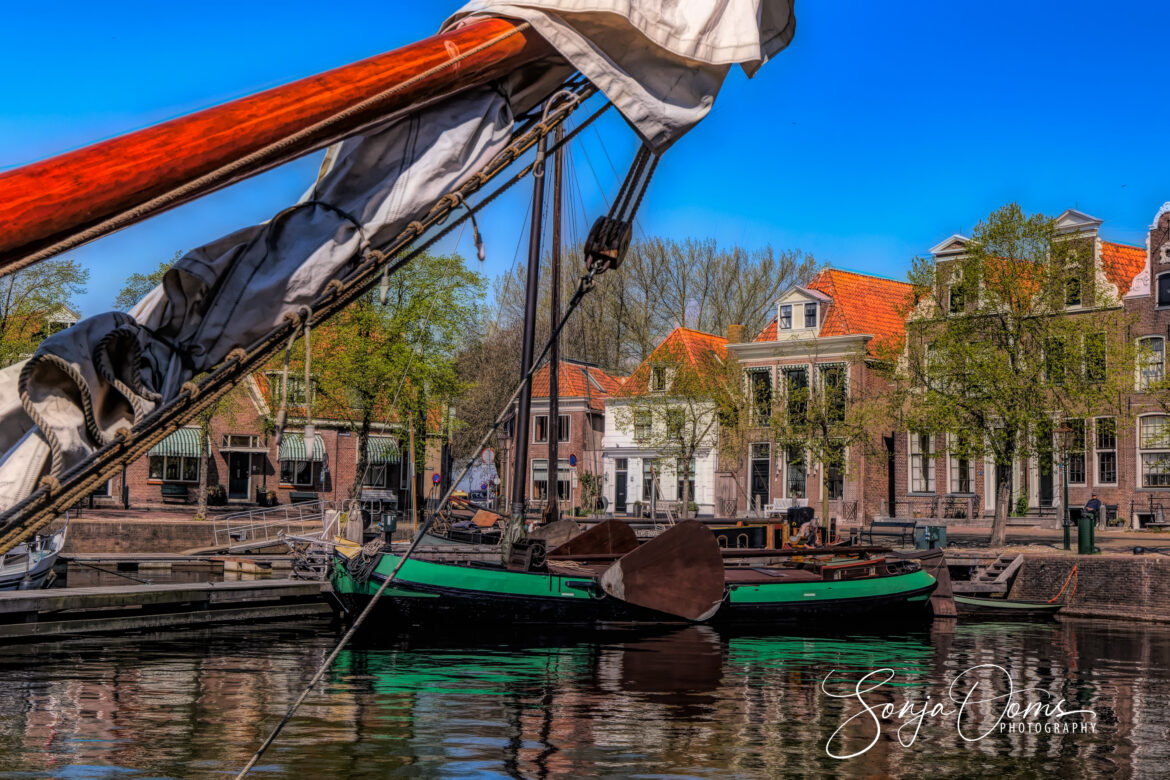
BLOKZIJL
With many national monuments and unique dwelling mounds, Schokland is an impressive place. Over 160 archaeological sites show the development and culture of Schokland’s inhabitants, from hunter-gatherers to farmers to polder inhabitants. In 1984, human footprints of over 4000 years old were actually found there! These footprints can be admired in Museum Schokland. For centuries, Schokland was a densely populated island where people made a living through fishing and overseas trade. But the ongoing battle with storm surges and floods forced the people of Schokland – with the exception of the lighthouse keeper – to leave the island. Later, when parts of the former Zuiderzee, now IJsselmeer lake, were reclaimed, Schokland lost its function as a beacon for ships and became an island in the polder. And is now a few miles away from the nearest big water surface.
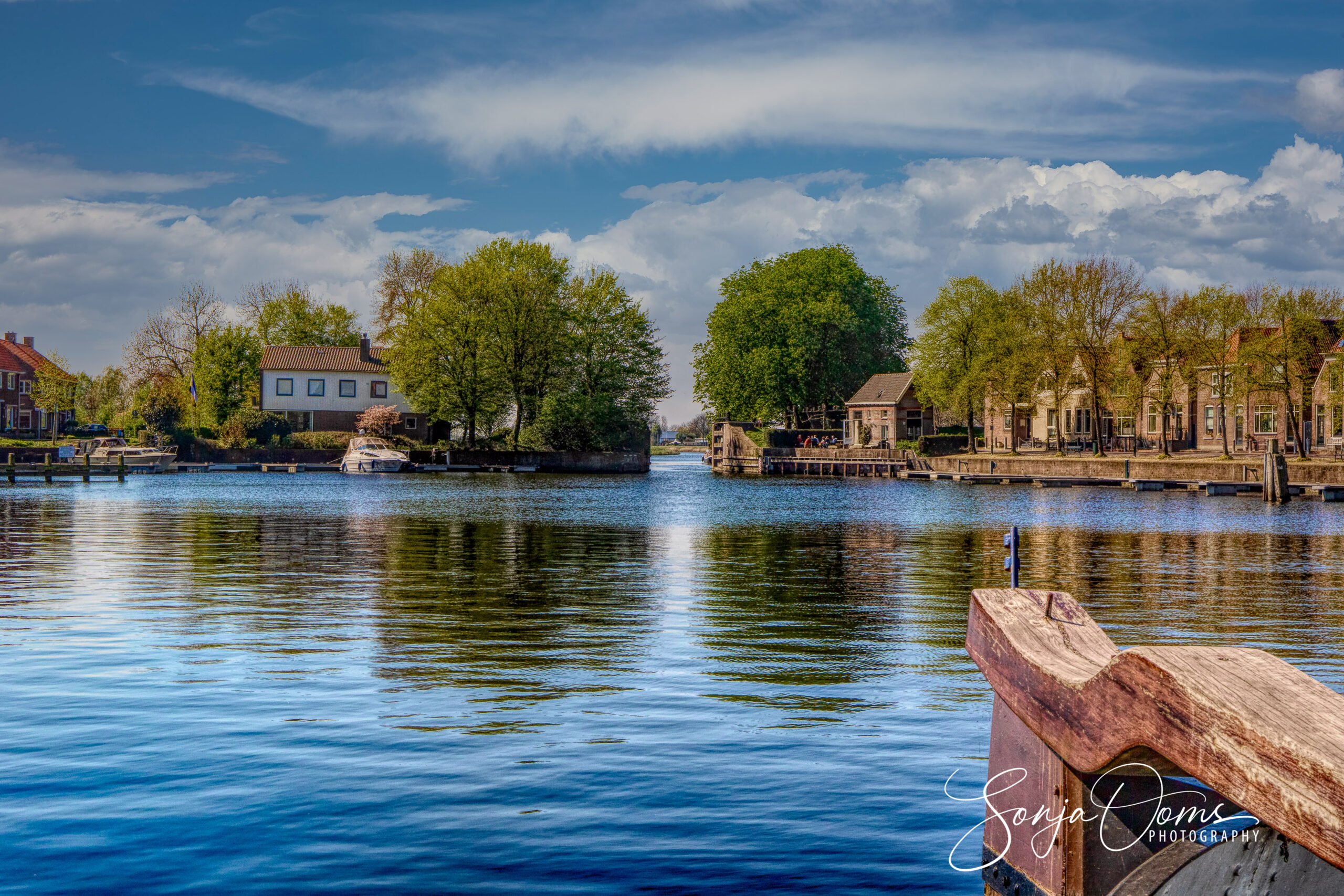
BLOKZIJL
This former island is the first Dutch site to be included in UNESCO’s List of World Heritage Sites. Urk also has a history that stretches back many centuries, and that history can still be felt in its culture. In this atmospheric fishing village, people still speak a unique dialect, and you can take wonderful walks through its old alleyways (known as ginkies). It has a pleasant harbor where you can enjoy fresh fish. A visit to the lighthouse, the monuments and the museum are also highly recommended. Taking a boat trip across the IJsselmeer is also something everyone should have experienced in their lives.
I didn’t see the boy with the finger in the dyke but I did see plenty “big bosomed lady with the Dutch accent” of Rod Stewart fame (You’re In My Heart – 1977) I hope I can offer you a small glimpse of this stunningly beautiful area with these photos, again shot by my wonderfully gifted better halve …

